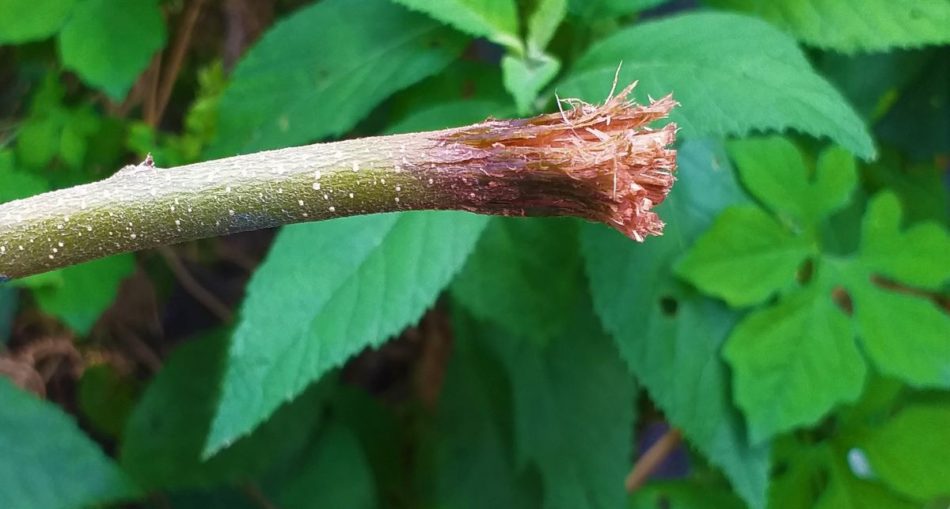Some of you may know this plant by the name of ‘black stage’ or as the ‘black stage bush.’ This shrub can be spotted almost everywhere in Guyana, especially in the countryside, growing along the roadways and trails leading to rice fields and sugar estates and even in our yards. Black sage belongs to the species of plants called Cordia curassavica. It is called tropical black sage or wild sage to differentiate from another unrelated species of black sage, called Salvia mellifera.
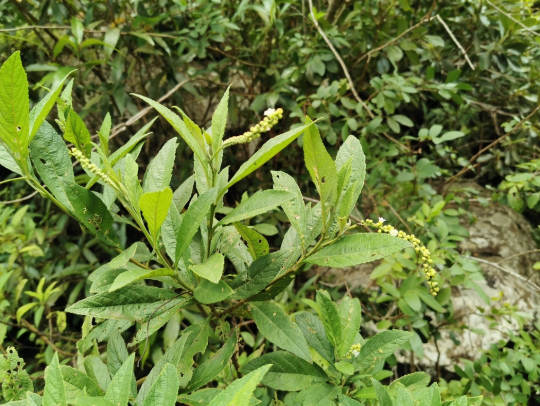
A Black Sage shrub – Photo by Jean Philippe
Tip: In Guyanese Creole, the word “longtime” means a period of time in the past, usually a few decades ago.
The stem of a black sage plant can make a great toothbrush when you forget yours. On the contrary, you will find that some older persons in the countryside only use the stems from the black sage plant to clean their teeth and maintain good oral health. But other than for making substitute toothbrushes, the black sage plant has several uses. Black sage is a healing agent and can be used to reduce inflammation, fever and treat digestive disorders. It is a common ‘bush medicine,’ referring to traditional remedies which are made from plants and other herbs.
Where did Black Sage come from?
Black sage is native to South America but has been introduced to Southeast Asia and the tropical Pacific region. While it is generally considered a weed in these regions, the black sage is a useful plant in Guyana, to those who know how to correctly use it. Black sage grows in the suitable soil conditions of Argentina, Bolivia, Brazil, Guyana, Panama, Paraguay, Venezuela, Mexico and countries like Trinidad and Tobago in the Caribbean region.
Characteristics of the Black Sage
- The tropical black sage is a green shrub consisting of many woody stems and branches. A black sage plant can grow as tall as three (3) metres. The roots are fibrous and shallow, not reaching far underground.
- The leaves of this plant are ovate and about 40–100 mm long and 15–60 mm wide.
- Small white flowers growing in clusters adorn this minty shrub.
- The black sage plant has tiny red fruit growing in clusters, like its flowers.
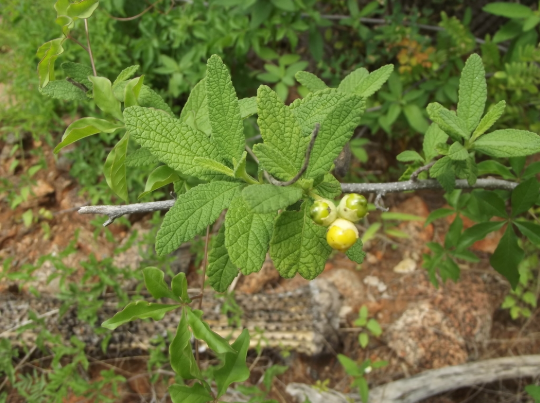
Leaves of a Black Sage plant – Photo by Fernando Pio Leon
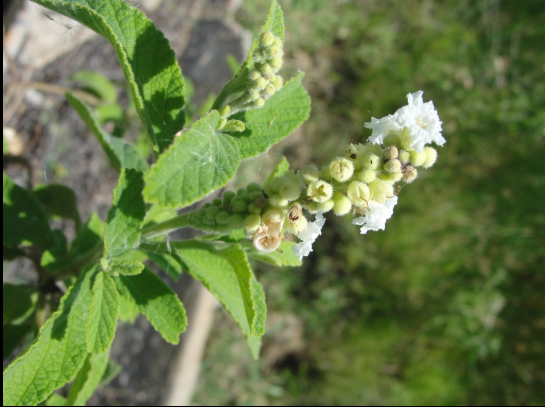
A cluster of Black Sage flowers – Photo by Marcondes Oliviera
Interesting Tip
- The fruits of black sage are edible and have a sweet taste.
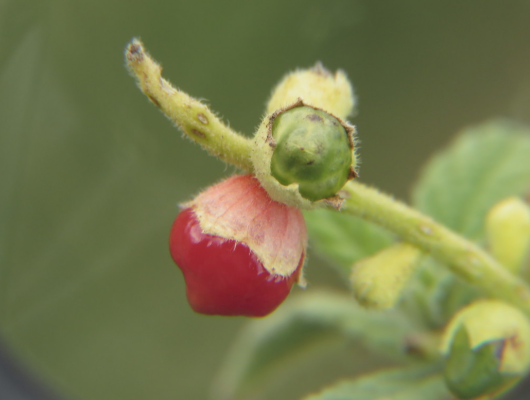
The luscious red fruit of the Black Sage plant – Photo by Geomanuel
Uses Of the Black Sage Shrub
- The leaves and young stems of the black sage plants are said to have several qualities including anti-inflammatory, hypotensive, stimulating, and healing properties.
- An extract of the leaves can be made to treat a range of digestive disorders. It is said to reduce biliousness, diarrhoea, as well as fevers, rheumatism, gonorrhoea, colds and chest complaints.
- Black sage is useful to women because the juice of finely crushed leaves can be used relieving pain during menstruation while the dried leaves are boiled in a liquid to control menstrual flow.
- When used in a bath the leaves make a great treatment for fever.
- The leaves of a black sage plant can be crushed and applied to the skin for the prevention of mosquito bites.
- The fibre obtained from this shrub can be twisted together to make a rope.
- Chewing stems from the black sage plant can improve oral health by cleaning the teeth and destroying bad breath.
How to make a Black Sage toothbrush
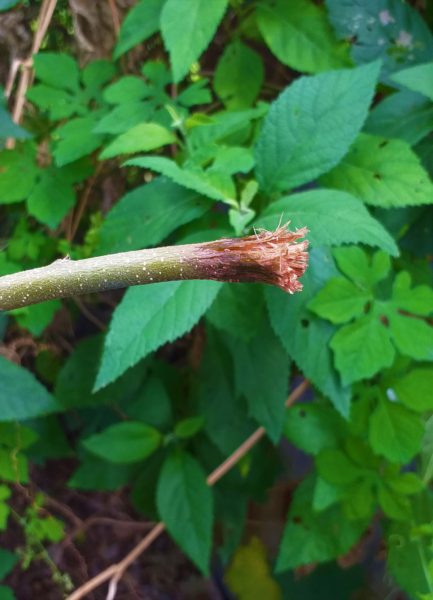
A Black Sage ‘toothbrush’ – Photo by Sarika Prasad
A Black Sage toothbrush it quite simple to make and requires no complex technology or additional skillset. All that you need is a sharp knife or chopper and strong teeth for chewing these Black sage stems.
- Cut a piece of stem with a length of about six (6) inches.
- Remove all leaves and flowers from the piece of stem.
- Wash stem.
- Pound or chew an end of the stem to form small, temporary bristles.
- Start brushing!
Optional: Add toothpaste or charcoal.
Interesting Tips
- Instead of toothpaste, persons use ground charcoal which is said to be as effective for whitening the teeth.
- A black sage toothbrush is as good as a readymade toothbrush-perhaps even better. It is known to clean the teeth and get rid of bad, mouth odour.
- Many persons in the countryside make these temporary toothbrushes when they lose theirs while some has never used anything else, but a black sage stem.
The Black Sage shrub is a part of Guyana’s flora and one can even say part of the Guyanese culture. This ‘bush medicine’ has been used to cure the common cold and fever for generations. So instead of heading to the store or pharmacy the next time you find yourself at the loss of a toothbrush or having symptoms of a cold, just search for the nearest ‘black stage’ bush.
Article References
- https://en.wikipedia.org/wiki/Cordia_curassavica
- http://tropical.theferns.info/viewtropical.php?id=Cordia+curassavica
- https://tropilab.com/blakauma.html

